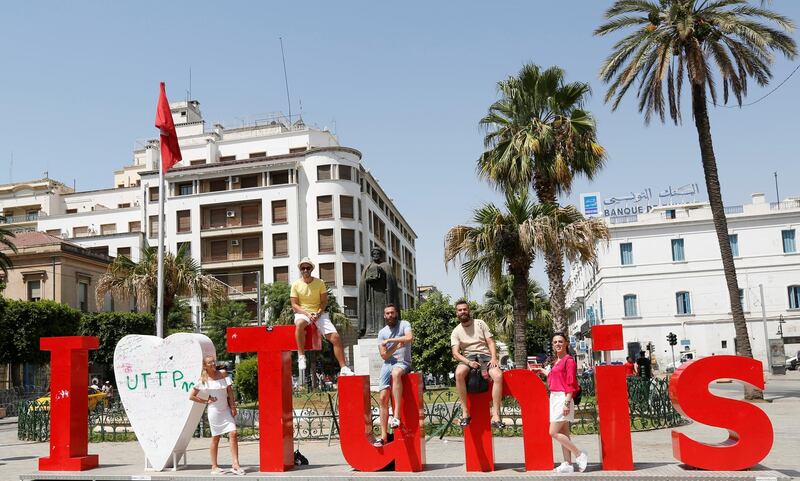Tunisia's tourism industry has experienced a resurgence after being hit hard by terrorist attacks in 2015, the sector's minister said Wednesay.
"There is a significant improvement," Tourism Minister Selma Elloumi Rekik told AFP, as visitor numbers topped the first five months of 2014, largely due to rising Russian and Chinese arrivals.
The jihadist attacks of 2015 devastated Tunisia's tourism industry. An attack at the National Bardo museum in Tunis and another targeting a beach resort in Sousse together killed 59 foreign tourists and a Tunisian guard.
But visitor arrivals this year have reached 2.3 million, an increase of over 20 percent from the same period last year and 5.7 per cent higher than for the same period in 2010.
"This is the year of real recovery," said Elloumi.
With revenues up nearly a third, the tourism industry has welcomed the return of vacationers. Many hotels in tourist hotspots Djerba, Hammamet and Mahdia report full bookings for the summer season.
The recovery is driven in part by the return of tourists from traditional holiday-making nations including France and Germany, whose numbers increased 45 per cent and 42 per cent respectively, the minister said.
But visitors from newer tourist markets have surged, with visitors numbers from China and Russia increasing by 57 per cent and 46 per cent.
"In 2018, we will surpass eight million visitors with growth from the Russian and Chinese markets as well as the traditional market," Elloumi predicted.
"People are coming back to Tunisia because there is security," she said. "We are at the same level [of security] as any European city."
The return of tour operators including TUI France and Britain's Thomas Cook, which pulled out after the 2015 attacks, has also helped buoy the figures.





